CGI Influencers and Models:
Their existence is fake, but their influence - real

“IRL I'm laying on the floor of my living room, but IN MY MIND I'm back in Salvador on top of a float, shaking my BUNDA 🍑🍑 🍑,” reminisced Miquela Sousa, a 19-years-old Brazilian-American teenager, about the days before quarantine on her recent post.
Miquela, who goes by @liliquela, posted her first selfie back in April 2016. Since then she has been described as one of the 25 most influential people on the internet by TIME in 2018, next to contenders like Kylie Jenner and Rihanna.
Her signature Princess Leia-inspired buns, effortlessly chic looks and relatable captions (“I'm in a monogamous relationship with spicy Korean tofu 🥘”), won her collaborations with high-end companies like Givenchy and Samsung, and even scored her a feature in a Calvin Klein advert with Bella Hadid!
What may come as a surprise, however, is that Miquela doesn’t exist in the way that most people would understand the term.
The Spotify artist is part of a new wave of entertainers, who have been gaining more and more media attention, as well as followers on social media and business opportunities. She is a computer-generated digital image of an imaginary person. In other words, a CGI influencer.
Take a few seconds for that to sink in.

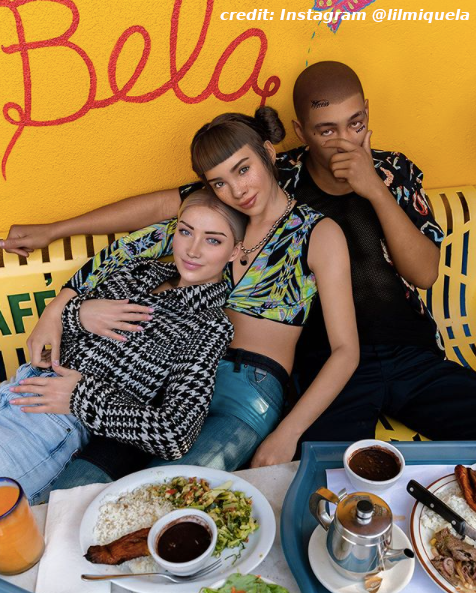
Business Potential

The influencer market is huge and profitable. According to a survey by Influencer Marketing Hub, the industry is estimated to grow to approximately $9.7 billion in 2020. The report reveals that large companies have nearly doubled the number of creators they have worked with in the past two years, while 55% of them admit to having a stand-alone budget for content marketing.
But why have companies started investing more in CGI influencers?
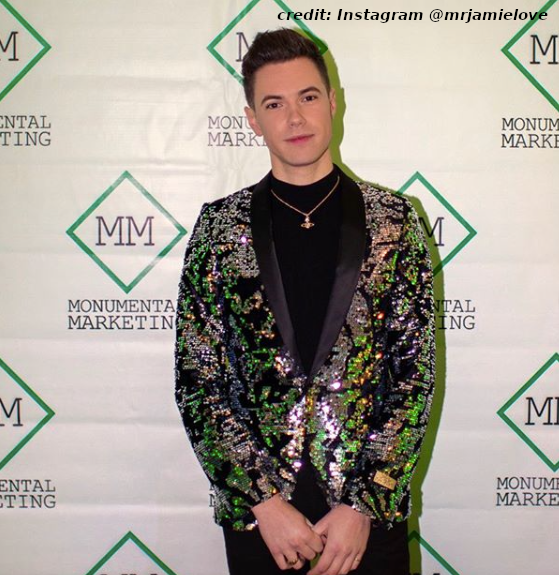
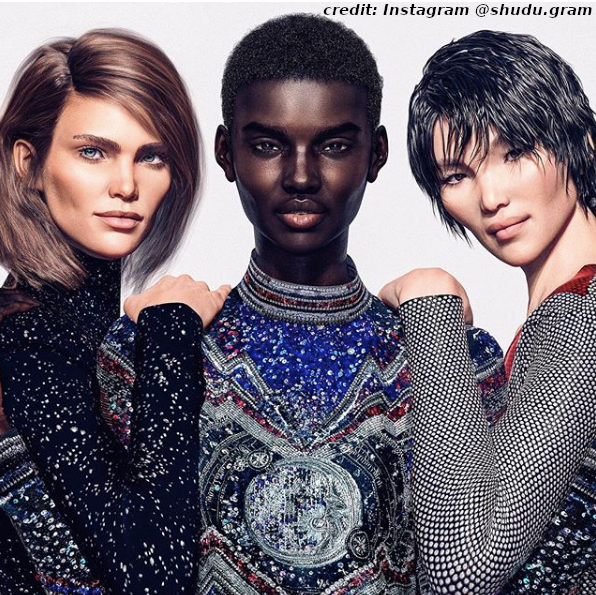


Jamie Love, the CEO and founder of Monumental Marketing, thinks there are two main reasons why brands would be compelled to advertise with digital characters.
“I think eliminating the human errors of a partnership is a big, big aspect of it,” he says. “On average my company runs five influencer campaigns every month. And there are always issues with dropouts, using the correct hashtag or posting at the right time.”
Computer-generated influencers are “just much easier” to work with, thinks Jamie. It allows brands to have full control over campaigns and to “build” a person that perfectly fits within their marketing strategies.
The CGI influencer is never ageing, never controversial, sick, cranky or double-booked. And while their existence is fake, their influence is real.
It may confuse and anger some people, like Arwa Mahdawi, who described the marketing strategy in the Guardian as “late-capitalist hell” and “a terrifying glimpse of the future.” Others, however, are not only receptive and influenced, but also intrigued by the pixel-perfect influencers.
A survey conducted by Fullscreen found out more than half of the surveyed 13 to 34-year-olds would make a purchase or follow a brand advertised by the CGI influencer they are following. The research also revealed almost 40% of Generation Z and Millennials are curious about CGI’s personal story, whereas more than a third believe they share the same interests and can relate to the digital avatar.
They are without a doubt creating a buzz around them and this, according to Jamie, is the second reason why CGI characters and creators are receiving support from investors.
For example, Brud, the company that gave e-birth to Miquela, received funding of more than $6 million from investors in 2018. Now the company is worth at least $125 million and plans to expand its digital family.
“The novelty factor gives something new and different in this saturated and highly-competitive market,” explains Jamie.
With this in mind, he advises luxury and small businesses to use their resources correctly and to always have marketing specific to their audience, rather than trying to keep up with technological innovations and fail…
CGI Ethics

But while the sight of CGI influencers shows us something fresh and creative, or we see them pictured doing mundane activities or going through a heartbreak, it does beg the question why would anyone take their word for what styler or perfume to purchase when their experience of physical reality is zero.
Data from Fullscreen’s survey shows that 42% of Generation Z and Millennials have followed an influencer and did not know it was a CGI. Then how is it ethically correct (especially in a world with fear over the increasing realism of deepfakes and bots) to sell through a fictional person that people can still relate to?
According to Monumental Marketing’s founder, brands probably are not so worried about ethics. He says that pairing up with CGI influencers can potentially lead to larger exposure and that is all brands care about. “CGI influencers are just being like ad spend. The account may give companies access to a larger audience, but it does not add any sort of context or personalisation,” explains Jamie.
One thing that Tom Burford, head of technical services, wants to make clear is that technology is neither ethical or unethical. “By its nature, technology is not good or evil. It is down to the individual who is applying the technology and his decision-making process,” says Tom.
For example, Brud creates digital character-driven story worlds much like a reality TV show. Their virtual characters can be seen hanging out with each other and even getting in a fight, making people wonder if the sci-fi nightmare, Ex-Machina, has predicted the future of robotics. After one of the manufactured feuds, Miquela appeared to have an existential crisis leading to her coming out as a robot in an emotional lengthy Instagram post.
But other creators like Cameron-James Wilson and Joerg Zuber have decided to be as clear as possible that their 3D models are not real. Despite being aware of the criticism towards his creations, Wilson believes the most important thing is to be honest about the situation, rather than hide things. “If you go at it from the right angle, I think it can be received well from the public,” he says.
Wilson, however, admits his concerns about how other creators are handling their digital avatars as pioneers in the industry.
“I think we have an extreme responsibility to make sure we project these characters in the best way possible,” Wilson continues. “I think we do need to keep our eye on the power of machine learning and CGI technology, but most of all - we need to educate people so they can naturally become less afraid.”
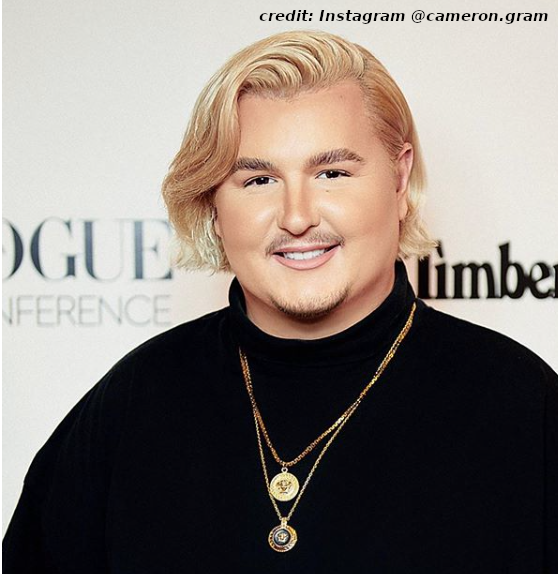
The Descendants

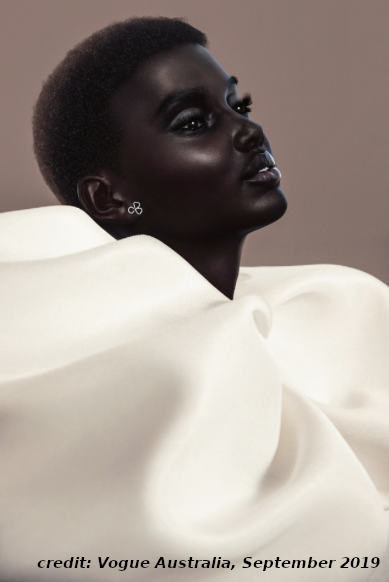

Wilson is the man behind The Diigitals, a digital model agency. And Shudu, the world’s first digital supermodel, is one of his viral seven characters.
She is one of a few to have been created with dark skin and is currently leading the virtual model foray into the fashion industry; while bringing more diversity to the technology and fashion scene.
“I have customised every aspect of Shudu to make her as unique as possible,” he explains. “If you imagine that I am a chef, I have my ingredients and Shudu is what I create with them.”
Since sharing the stunning model’s first image in April 2017, she has become a viral sensation, gaining almost 200 000 followers, several reposts and fan art. From hitting milestones such as a feature in Harpers Bazaar Arabia, fronting campaigns for Balmain and Ellesse to gracing the red carpet at the 2019 BAFTA’s awards, Shudu is taking the fashion industry by storm!
But even though the UK-based artist is transparent, he still receives criticism for Shudu. “Oh, Twitter hates me,” jokingly says Wilson about tweets like this one:
I will never ever not be mad about the fact a white man named Cameron James Wilson created a CGI supermodel named Shudu, who is taking jobs away from real human Black models.
— farxiyo. (@hausofriya) November 11, 2019
Misogynoir is fuckin violent. pic.twitter.com/PiuwMt6iYr
He, however, brushes off the negative words taking pride in his skills and believing that “the whole point of creating a piece of art is to generate discussions”.
Will they replace real models?
One of the most prominent concerns is what would digital models mean for real people working in the industry. Can they be replaced by brands desire to refresh their look and stand out online, or is there plenty of room for both real and computer-generated models to thrive and do well in the marketplace?
Digital characters are a safer choice from brands. They are an immediate attention gatherer, no social media scandals to harm a brand’s reputation in sight and always available.
But, also, the fashion industry and modelling are changing day by day. Consumers and brands are becoming more aware of the fashion industry’s impact on the environment, which is now "the second largest polluter in the world", according to Sustain Your Style. And currently, real models are extremely unsustainable and damaging to the environment; mostly because of photoshoots, reveals Wilson. He explains they are not only flying all over the world to shoot magazine covers or campaigns but also “the clothes they wear at photo shoots have to be destroyed” and send to landfills as they cannot be sold.
CGI models, however, can be considered eco-friendly. They don’t have to travel and their clothes are, you guessed it, computer-generated. Wilson is certain the industry will use CGI technology when needed, because “it is the right thing to do for the environment”.
This also provides new opportunities for brands during COVID-19 lockdown. Following the spread of the coronavirus pandemic, new quarantine precautions that restrict regular work and ban travelling have been put in place.
These orders can be damaging for businesses marketing strategies, but at a time when models are prohibited from leaving their homes, CGI avatars can provide an alternative. For example, a brand called Hanifa has started promoting its new collection releases by digitalising its models and garments to sustain their business during the current crisis.
Jennifer Powell, the founder of a brand-building and marketing agency with several clients, including Wilson, has also spotted a rise of new digital strategies and content creation campaigns.
“What I am seeing is an increase of (bookings for Wilson) and what he does with models that he creates,” said Powell to Vogue Business, because he is “able to put models into campaigns but not expose people to one another”.
Wilson, however, doesn’t think real models will soon be replaced by digital avatars. As the CEO of a digital modelling company, he always makes sure to hire real models to help with the creation of CGI campaigns. He explains the booked models are credited fairly and paid well, and so far everyone has been happy with collaborating with him.
“I can understand why people may feel uncomfortable with the idea, but I also think, in time, I can prove to people that my intentions are to help benefit women of colour and definitely not to take anything away,” expresses Wilson.
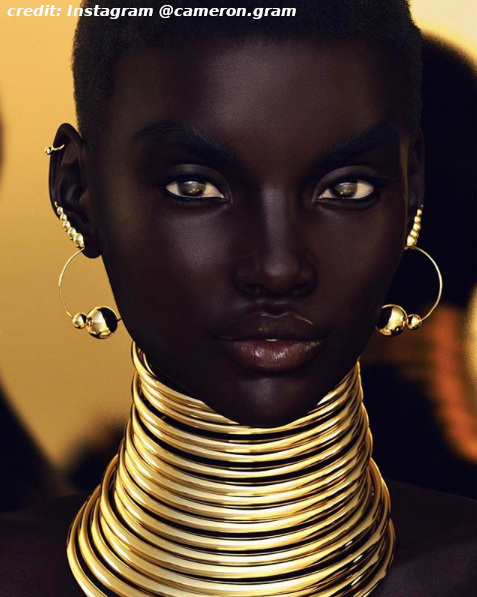



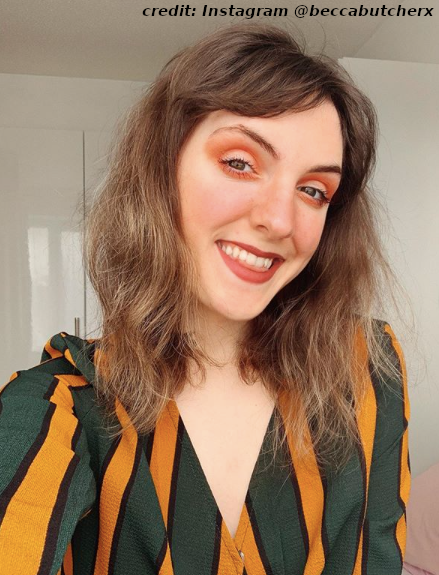



Do they encourage body positivity?
Rebecca Butcher doesn’t feel threatened by the popular CGI influencers. The South Yorkshire based YouTuber, blogger and Instagram content curator has over seven thousand followers on Instagram and has collaborated with companies including Marvel, Charlotte Tilbury and Givenchy.
Her work with brands hasn’t been affected in any way, but she feels strongly against the raising fame of digital avatars. She is concerned they are setting a dangerous precedent for going in the opposite direction to the current online body positivity movement.
Butcher has always been an outspoken body positivity and mental health awareness activist. She grew up with a rare chest deformity and struggled with mental health issues. What helped her to overcome her problems was her opportunity to speak out online and build a community.
But she fears this wouldn’t have been possible for her and others experiencing the same challenges if the fashion and social media industry kept pushing these beautiful, but unrealistic body types for the real world. “A lot of young people will see these ‘normal’ bodies and people that aren’t normal, like me, that have deformities and differences will feel left out,” explains Butcher.
Many computer-generated models, however, have been purposefully created to bring more inclusivity and diversity to the scene. For example, two of Wilson’s models, Brenn and Galaxia, are not the usual type of models people would have associated the fashion industry with previously.
Brenn is a more curvy model and has visible stretch marks on her skin, while Galaxia is an alien with pointy ears! The goal behind creating them has been to enable people to see beauty in all different shapes, sizes and species.
“I wanted people to look at my work and feel empowered, and to show that technology can also be inclusive,” explains Wilson.
However, Butcher still feels unsure of how effective they could be if people cannot relate, message or have a meaningful conversation about the same challenges they experience with the digital character.
“Even if I saw a CGI influencer with the same chest problem as me, I wouldn’t necessarily feel included, seen or happy about it,” continues the blogger, hoping that digital avatars are just a novelty that will fade away over time.
What's Next?
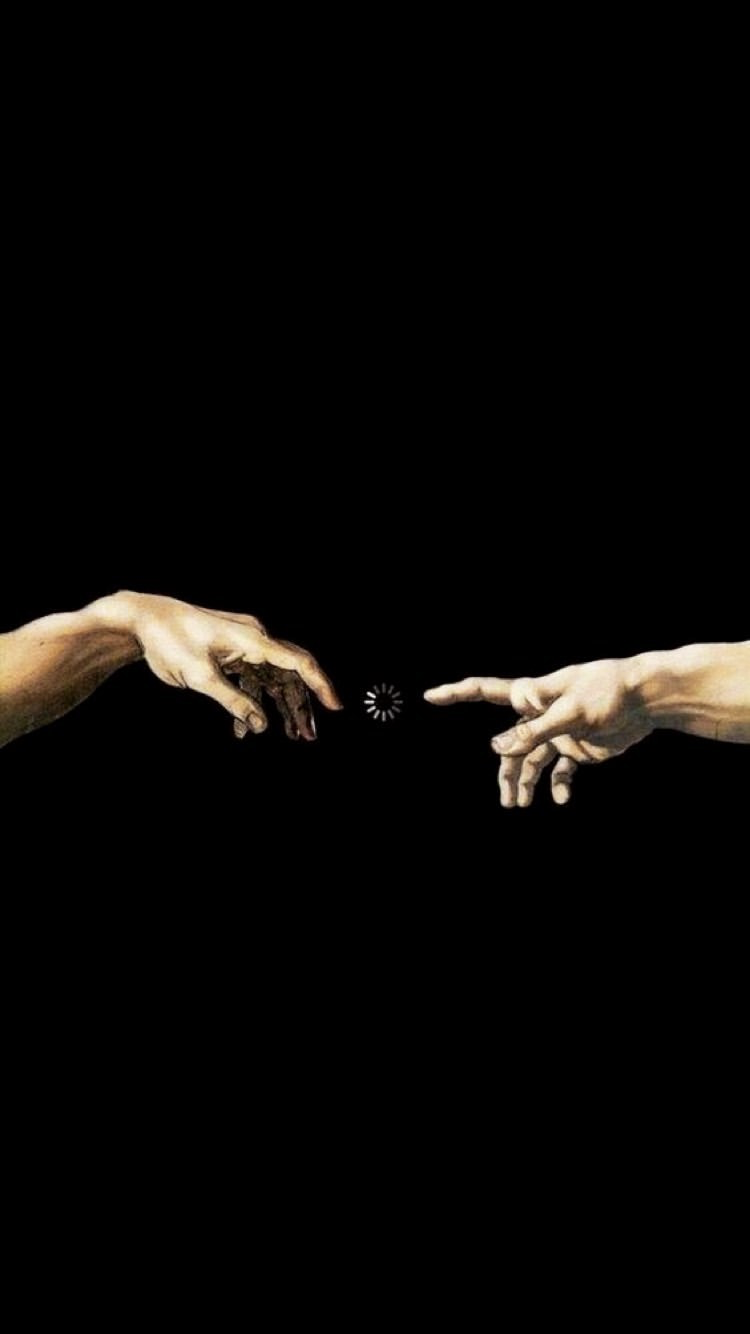
And this might really be the future of CGI characters, at least according to media and business psychologist, Charlotte Armitage.
While CGI influencers are fascinating, aesthetically pleasing to look at and satisfy the audience’s limitless appetite for fresh content, they open a range of ethical considerations. And, most importantly, they cannot build a strong relationship with their followers, the same way an average influencer could.
“There is no depth in there at all,” says Armitage as she believes being a model or an influencer is not just about what you look like, but it is also about what personality you can bring to the table. And while people can be easily drawn into this weird, but unique fantasy avatar world, Armitage doesn’t think this trend will reshape the future of fashion campaigns and advertising.
“I don’t think this is the way forward at all,” admits the psychologist. “I think the very essence of everything that we are is about the core concepts of who we are as people. And you cannot make a computer image of emotions.”

But according to the investors and entrepreneurs who are behind the companies building “the perfect” model, these types of entertainment are not going to go away any time soon.
Quantum Capture CEO and president, Morgan Young, is one of the artists across the world exploring the transformative power of CGI technology. In an interview with Wired, he claimed that Miquela shows a small percentage of digital avatars’ real potential.
“It’s pre-rendered, computer-generated snapshots-images that look great, but that’s about as far as it’s going to go, as far as I can tell, with their tech,” said Young.
His company has begun using its 3D-scanning and motion-capture technologies in real life. One of their products, CTRL Human, aims to embody “conversational AI with photo-real, interactive avatars capable of 2-way conversation and dynamic body gestures”.
For example, their virtual hotel concierge can greet guests in the lobby and help them check-in via a touchscreen. The guests can later get in touch with him from their rooms and ask anything from restaurant recommendations to help with adjusting the lights or opening the curtains.
Similarly, China’s state-run press agency, Xinhua, has started working with CGI presenters to read the news since 2018. And in 2020 Samsung debuted its new project, Project Neon, where each computer-generated avatar can display emotions, intelligence, be customised for different tasks and answer questions.
Quantum Captures CEO thinks this is the beginning of what’s next to come. He shared a thesis that popular figures might start creating personalised CGI alter egos and digital doubles.
“There’s a really interesting revenue model built around that, wherein you might not get access to the talent themselves, but you might get access to their digital avatar, and the actual human being will make money off of the use of their avatar,” continued Young.
And his prediction might soon become a reality. While companies like Apple and Samsung are trying to popularise the idea of animated digital avatars, Shudu’s creator has a bigger plan in mind.
One of Wilson’s projects for the next few years includes filming tutorials and helping people to personalise their avatars by using the same tools he does when creating Shudu. His goal is to inspire and educate people, as well as showcase the positives of CGI and create more diversity.
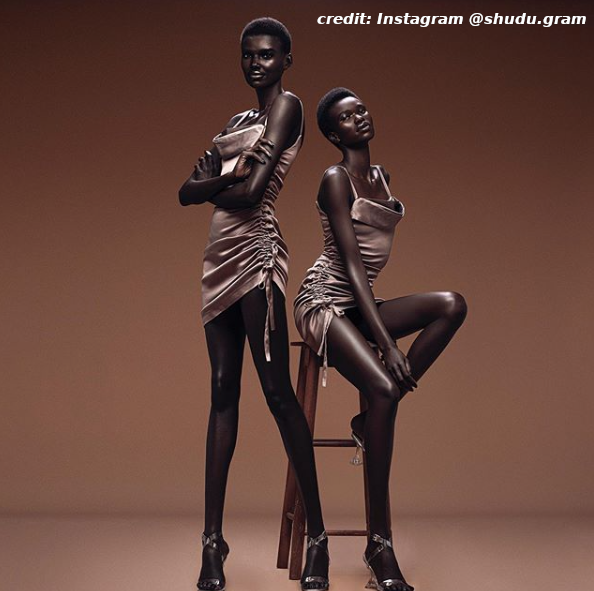
The Verdict

CGI characters have become more lifelike in recent years and are already being used in real life. The technology is not only getting more accessible and persuasive to use, but creators are also eager to expand their digital families and teach others to create their own.
While the new trend is good for marketing purposes and environmental concerns, it opens a range of ethical considerations. The lines between real life and digital-created humans will continue to blur, and soon it may probably be hard to find the differences between the two.
For some creating CGI people is a form of art and creativity, for others - a business strategy. But the one certain takeaway is that maybe we need to be a little more vigilant and start questioning what we are seeing on our screens.
